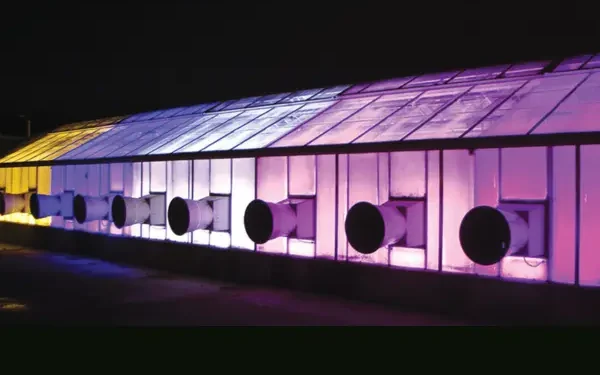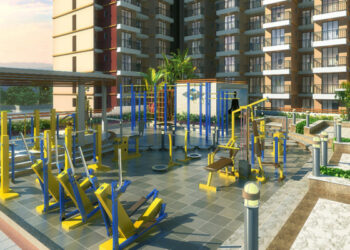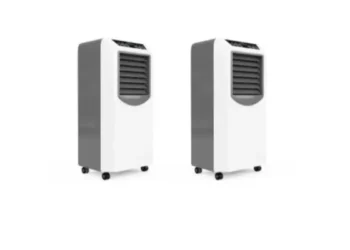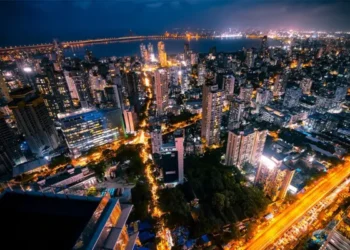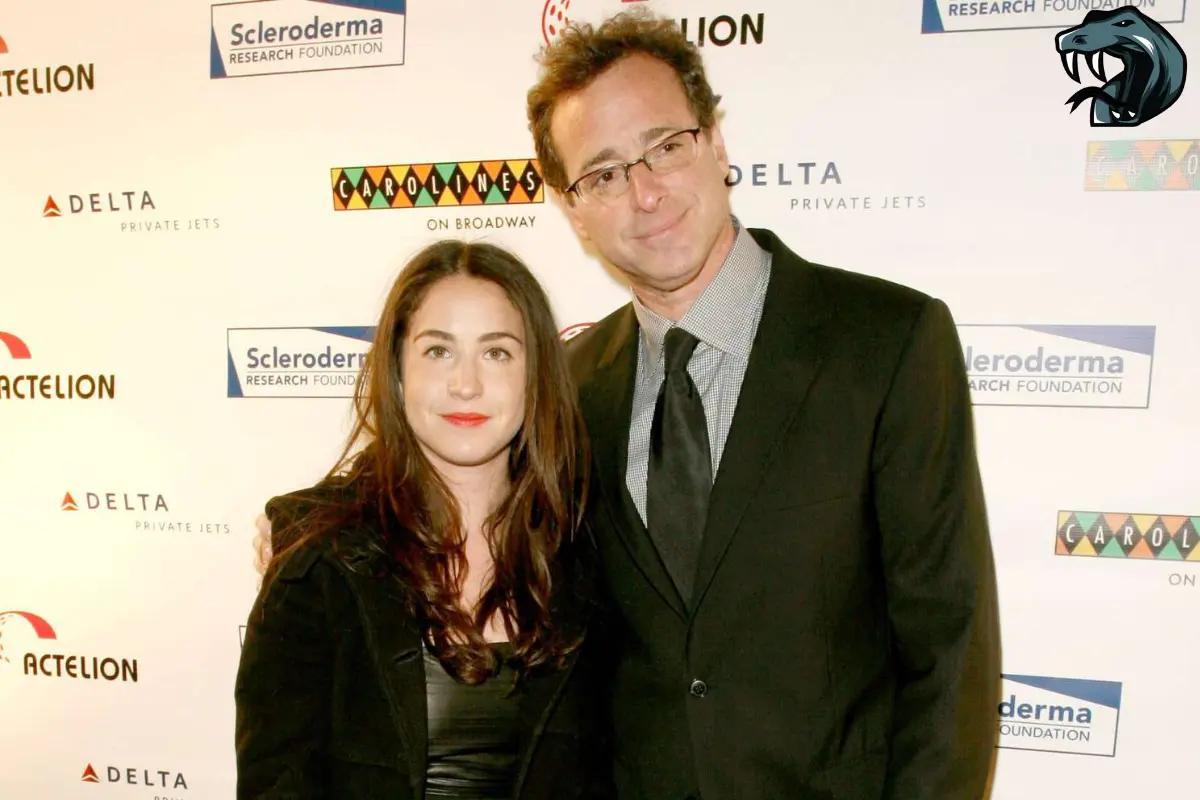Greenhouse orientation is often treated as a fixed variable in facility design, but for growers aiming to maximize the efficiency of supplemental lighting systems, especially LED grow lights, this foundational design decision requires deeper consideration. The direction a greenhouse faces affects the quality, duration, and uniformity of natural light that crops receive. This, in turn, impacts how supplemental horticultural lighting solutions should be designed, deployed, and controlled.
In high-tech greenhouses where climate, CO₂, and irrigation are optimized, overlooking orientation can introduce inefficiencies in light distribution and energy usage. Supplemental lighting is no longer just a support mechanism—it is a precision tool for steering crop growth, development, and yields. Therefore, understanding the interaction between orientation and supplemental lighting design is crucial for improving energy efficiency, spectral targeting, and overall productivity.
Orientation Drives Natural Light Uniformity
A greenhouse’s orientation—typically north-south or east-west—dictates how sunlight moves across the growing area during the day. In high-latitude regions, a north-south orientation generally results in more even light distribution across crop rows. This reduces shadowing and avoids overexposure or underexposure of specific zones.
Growers using LED grow lights to complement sunlight must account for this distribution. In east-west greenhouses, for example, southern-facing zones may receive more sunlight than northern zones during winter, requiring asymmetric light supplementation. Ignoring these orientation-induced disparities leads to inefficient lighting designs, resulting in non-uniform plant development and increased energy consumption.
Supplemental Lighting Strategy Must Align with Orientation
An effective supplemental lighting strategy cannot be decoupled from greenhouse orientation. Researchers designing lighting regimes should assess diurnal and seasonal solar patterns to inform where, when, and how much supplemental light is needed. For example, a greenhouse in Northern Europe with an east-west orientation may require higher-intensity LED Luminaires during winter afternoons, while one with a north-south orientation may require minimal intervention.
Valoya, a company specializing in horticultural lighting solutions, provides research-grade, high-quality horticulture lights that support orientation-specific deployment. Their wide spectrum range helps adjust for variable sunlight conditions, allowing for consistent Photosynthetic Photon Flux Density (PPFD) across all canopy levels.
Lighting Uniformity: Spatial Planning and Crop Response
Uniformity in PPFD is not just about energy efficiency—it directly influences plant morphology, yield, and phytochemical composition. Uneven light due to poor orientation may lead to inconsistent crop height, delayed flowering, and suboptimal biomass distribution.
Advanced modeling tools such as 3D light simulation software can be used to visualize how orientation and structure interact with natural and artificial light sources. These tools help determine optimal LED grow light placement and orientation to ensure uniformity. For multi-tier vertical farms housed within greenhouses, integrating directional LED Luminaires with targeted beam angles becomes even more critical.
Seasonal Solar Angles and Energy Use
Orientation plays a role in how solar angles change across seasons, influencing thermal gain and supplemental lighting schedules.
For example:
- In winter, east-west greenhouses receive more southern light but also create longer shadows, leading to increased LED use.
- North-south orientations offer consistent solar movement across rows, minimizing seasonal shadow impact.
By aligning lighting schedules and dimming controls with orientation-influenced DLI changes, growers reduce power consumption and enhance ROI from horticultural lighting solutions.
Smart systems equipped with DLI sensors and auto-dimming capabilities adapt in real time, preventing overexposure and reducing photoinhibition risks in high-light crops like lettuce, tomato, or cannabis.
Practical Design Recommendations for Researchers and Growers
To optimize supplemental lighting relative to greenhouse orientation:
- Map solar radiation patterns for the specific site using climate data or simulation tools.
- Use zoned lighting controls that adjust LED output by row or quadrant.
- Combine high-quality horticulture lights with real-time PAR monitoring for adaptive light strategies.
- Account for thermal gradients created by both orientation and lighting systems to avoid heat-induced stress or humidity imbalance.
- For multi-layered or vertical farming sections within greenhouses, orientation can also influence shelf-level lighting design.
Greenhouse orientation should not be treated as a static design feature but as a critical input in the development of efficient, uniform, and effective supplemental lighting systems. As energy costs rise and sustainability targets become tighter, designing lighting systems that respond to both plant physiology and greenhouse geometry is not just best practice—it is essential.

